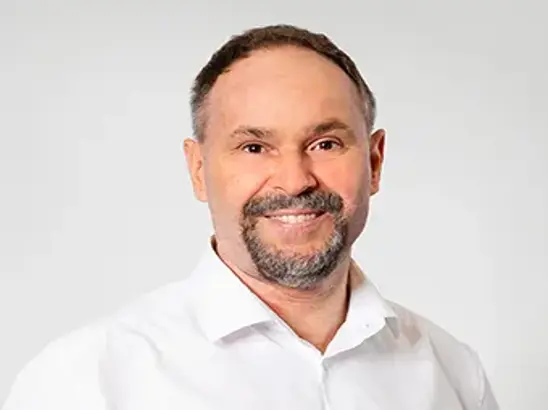And, what differences did you find?
First, the projected requirements for green hydrogen out to 2030 have decreased, in some cases significantly, compared to the previous study. Current estimates suggest that we will need between 30 and 100 terawatt hours (TWh) of hydrogen annually for the green transformation. Three years earlier, the figure was 80 to 110 TWh. The most important customers are the industrial and energy sectors. Demand will continue to rise in the long term. We will then be talking about ranges between 200 and 700 TWh for the years 2045 and 2050, respectively, with the high consumption levels predicted by some studies resulting from additional, intensive use in the transport and heating sectors.
The significant quantity differences within the studies are striking. They show that there are substantial uncertainties about how supply and demand will develop. And that, in turn, is a challenge when it comes to planning the infrastructure, i.e. pipelines and storage.
How have the costs developed?
The specific investment costs for electrolysis plants are declining. This has improved the conditions for producing green hydrogen in Germany as well. In the studies examined, they are mostly below the costs of importing by ship. In the medium and long term, however, imports via pipelines from North Africa, Spain, Eastern and Northern Europe are more favorable in terms of costs. Europe in particular is a good trading partner for us, because we already have a good infrastructure here that enables us to import hydrogen at low cost. Germany currently imports more than two-thirds of its energy needs.
Will this dependence be reduced in a hydrogen economy?
The task here is to weigh up various dependencies against one another and balance them out as well as possible. In terms of volume potential, we in Germany are in a worse position than many other countries. But that doesn't automatically mean we have to live with high levels of dependency. Hydrogen will remain a scarce commodity for the foreseeable future, which is why it is advantageous for us initially to focus on "no-regret" applications, i.e., areas that are difficult to decarbonize by any other means. In this way, it will be possible to manage the transformation with comparatively little hydrogen. Whether this would also be the optimal path in the long term cannot be answered from today's perspective. This is because the use of electrolysis plants, and thus in-house production, does have very positive systemic effects.
What are the systemic effects?
Electrolyzers use electricity and produce gas. In this way, they create a link between the electricity grid and the gas network. In addition, they can be operated very flexibly. For example, they can take surplus electricity from the wind farms in northern Germany and transmit it to the gas network. Today, this electricity output is throttled back. And to a big extent: overall, the reduction in electricity production from renewables amounts to a loss of volumes which would be sufficient to produce the hydrogen required by thyssenkrupp Steel. In addition, the smart use of electrolyzers would relieve the burden on the power grids, and in some places help to compensate for gaps in the buildout of power grids, at least temporarily. We need these systemic properties, i.e. smoothing out feast and famine, so to speak, if we are going to obtain electricity from 100% renewable energies in the future. From that point of view, there is always a trade-off between the cost-effective production of hydrogen and its production in the best way for the system itself.
So, first of all, it comes down to a focused application of green hydrogen?
Exactly. We need it for steel production, because we'll stop large emissions of CO2 there by substituting coal and coke. The situation is similar in chemicals production, where electrification is difficult and not yet very advanced. And then we'll need hydrogen in the energy supply to run backup power plants. Other areas, including transport and construction, can be electrified directly.
So, we'll keep our fingers crossed that the focusing succeeds ...
Indeed. And we mustn't forget what we have already accomplished. PV capacity addition is booming, and I hope we'll also overcome the obstacles to wind power, and that expansion there will also proceed rapidly. The energy crisis has shown us that there are different ways to use resources efficiently. And that there is more going on than we sometimes think.




